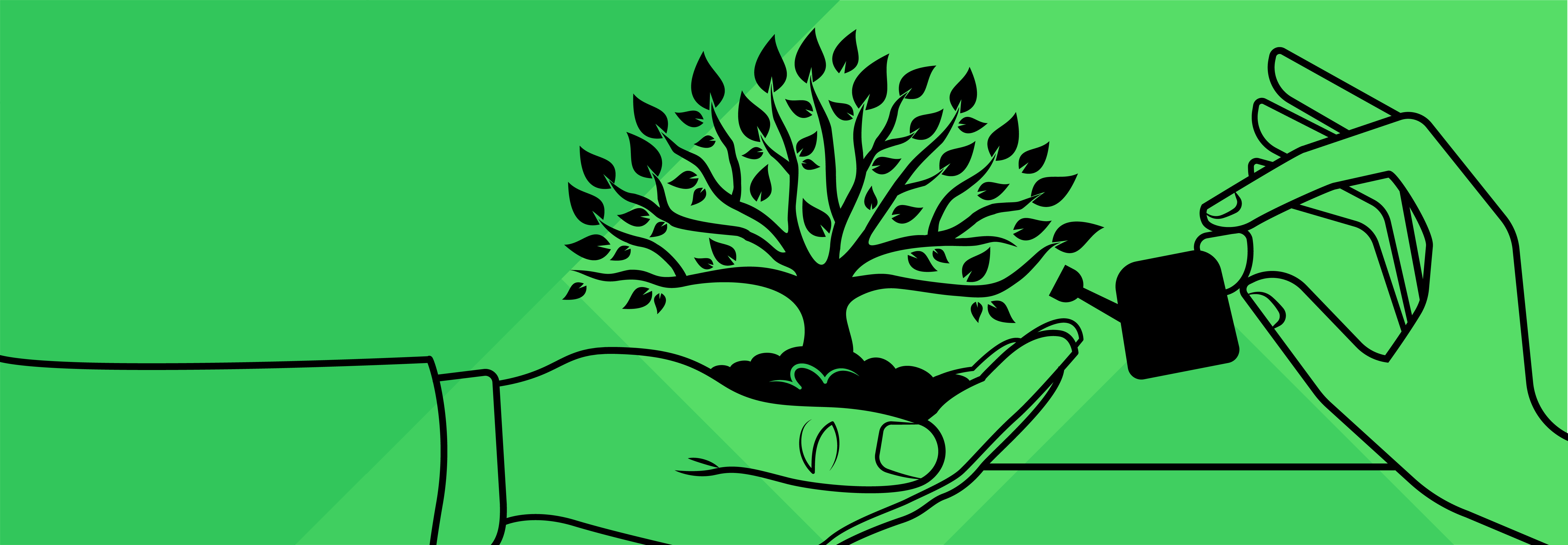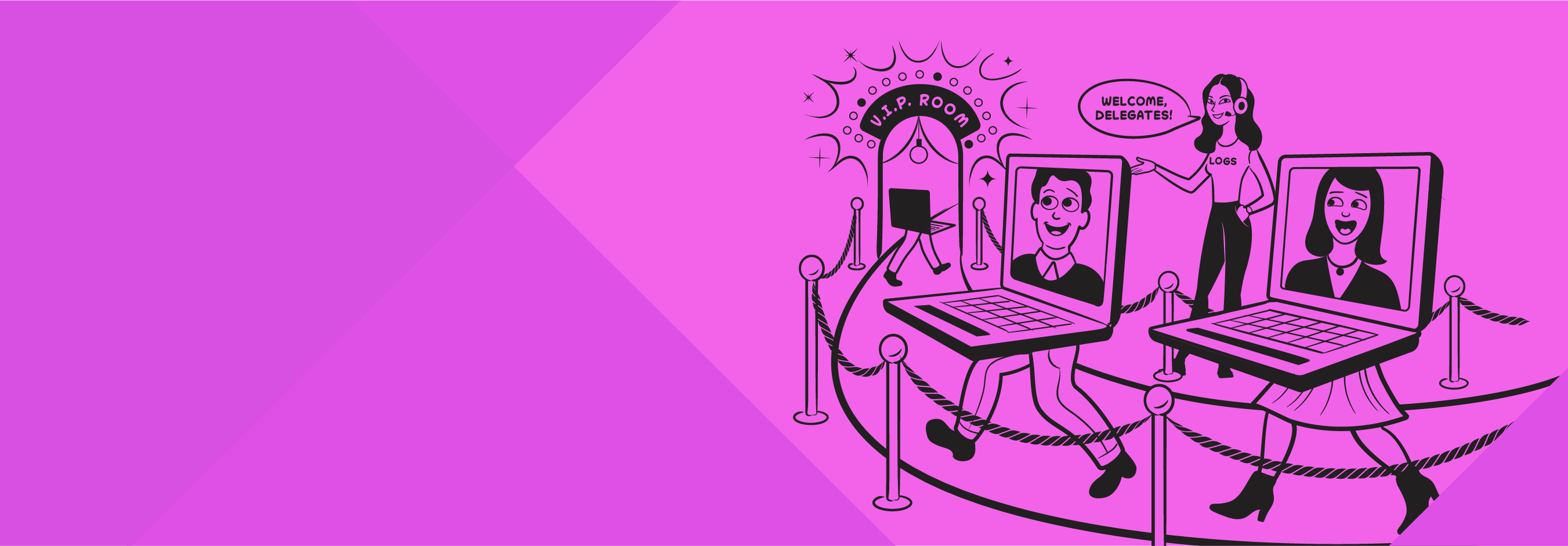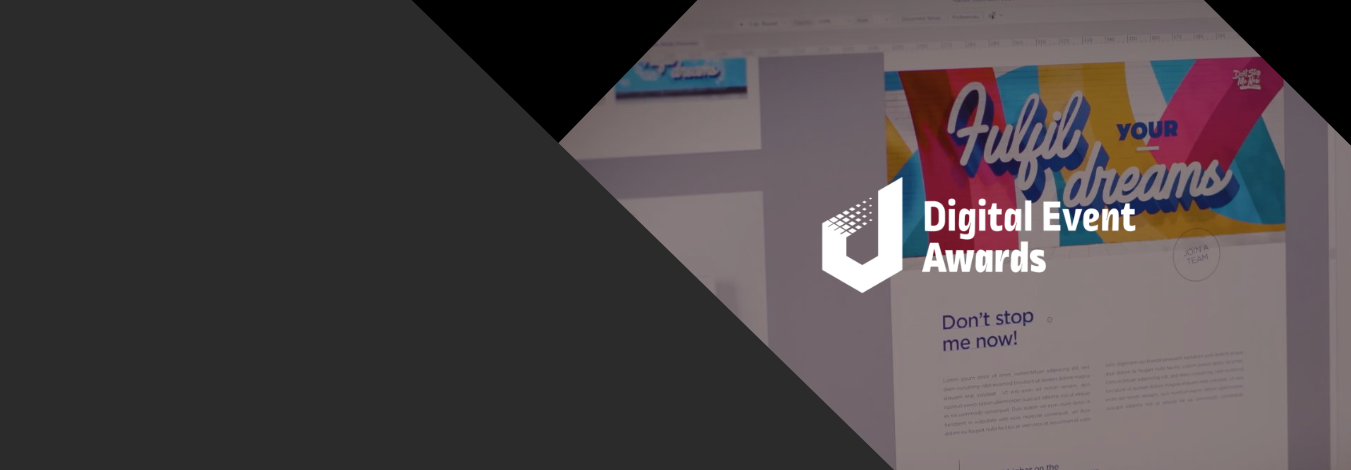Digital twins: Doubling up to predict the future
A digital twin is a virtual model of a physical object. That object could be a car, a factory or an event venue. Traditionally used in manufacturing, the technology can now map entire environments and store data on who is using them, how and for how long. Using platforms such as Azure Digital Twins, these virtual models present an exciting opportunity for event organisers to make predictions, simulate responses and ultimately optimise their operations.
Here are my top tips on how a digital twin could take your event to the next level:
Navigation. By combining the digital twin with indoor positioning systems such as Bluetooth beacons, attendees can find their way around your venue or exhibition via a companion or kiosk app.
Proximity Marketing. By understanding the demographics, interests and location of your attendees through the data collected by your digital twin, you can start to build a picture of how people are interacting with your event. With this information, you can target your marketing more effectively, while making informed suggestions to keep your delegates engaged. For instance, by combining indoor mapping with user profiles, you can recommend relevant event sessions that are starting soon, suggest potential networking opportunities in their vicinity, or even tailor promotions and points of interest to the user.
Resource and Facility Management. Managing your resources during an event can be tricky. From knowing where to allocate your stewards and support staff, monitoring critical areas, to simply knowing when the coffee is running low, your event needs to have the best coordination, communication and data collection tools at its disposal. Overlaying 3D heat map visualisations and gathering data from sensors enables you to make decisions based on evidence and not guesswork.
Predicting the Future. By tracking past and current events, it’s possible to literally predict the future, play out scenarios and unlock actionable insights. Using heat maps and indoor tracking, you can identify areas of interest and combine this with user profiles, exhibitor data, or speaker profiles. With this information, you can start to predict the movement of attendees and create the best layout for future events.
Virtual and Hybrid. Although we are excited to return to ‘in real life’ events as COVID restrictions are lifted, the need for a virtual or hybrid element is likely to remain. A digital twin can allow those unable to attend your event physically to experience it through virtual reality. Likewise, you could create an AR experience which can be enjoyed in person or at home. These experiences also give the event an extended life and a chance to share your content over a longer time period.
In 2019, Gartner suggested that 75% of organisations would be implementing digital twins within the next year and Accenture has positioned digital twins as one of the top five strategic tech trends to watch in 2021. This is largely because firms are figuring out how to apply it to multiple projects at one time.
Digital Twins offer a real time vantage point into your event, giving you the relevant data to make informed decisions, create a more engaging experience for your attendees and even get a glimpse of the future.



